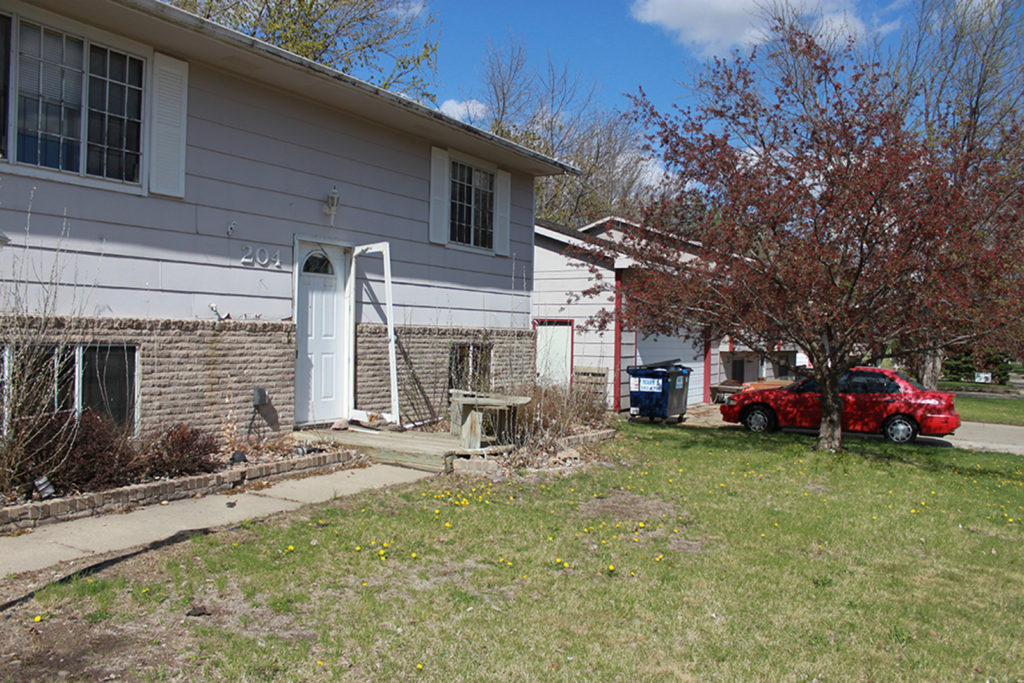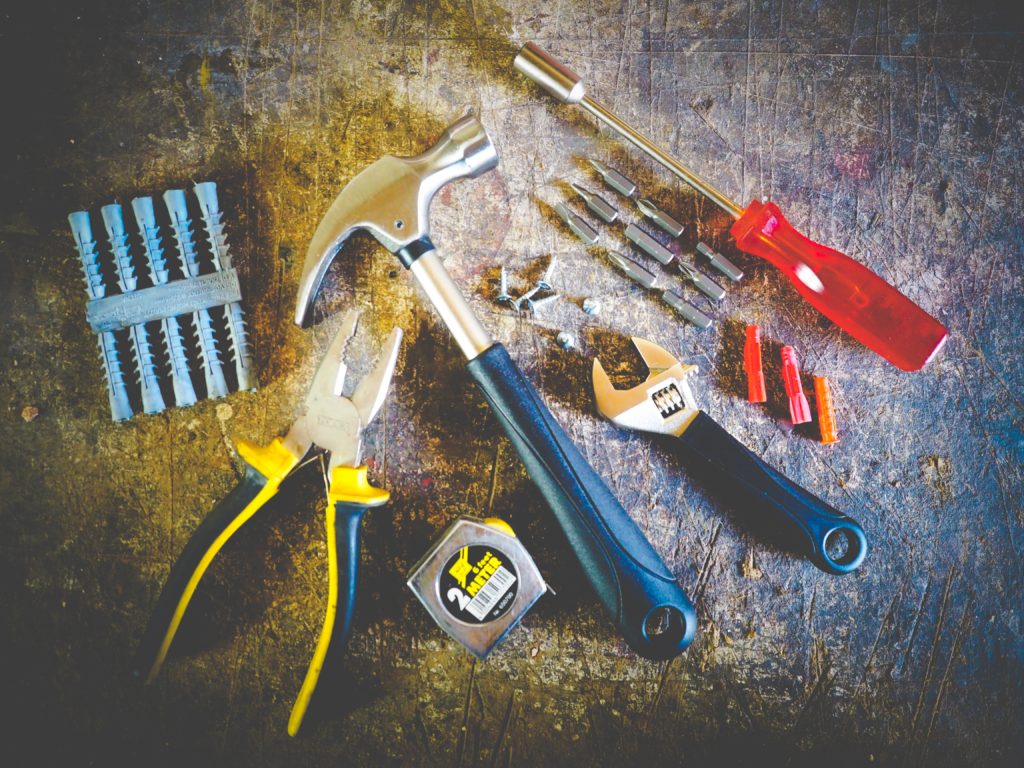
Last time, we yammered on about Cap Rates. These are great for evaluating across multiple deals, but what if you already have your eyes on a deal? I hear you asking: “Will the cap rate tell you if it is a good deal?” Not by itself. In fact, many Investors don’t use the Cap Rate on small deals. Like I said before, you have to look at a property from many angles, using them all to make your decision.
Another look at Dumpy
Let’s take a look at my first property again:

Remember that I didn’t do any of this when I first looked at the property. We can pretend that I’m doing everything right on this second run. What fun it will be to see how poorly I did!
The Evaluation
“I found a house I want to buy! It’s an REO and they are selling it cheap! Let’s get it now before someone else does! The bank wants $119,000 for it. Should we pay that much or offer less?” We really need to start by calculating the price a typical person would be willing to pay if it was all fixed up and had nothing more to do. We call this the After Repair Value (ARV).
The ARV
The ARV is something that you will need to be able to calculate, and calculate quickly, when you are looking at SFRs (Single Family Residences). It’s less important for apartments but we will talk about that later. For now, you need to have your agent find the comps for this property. She will need to look at SFRs that have similar specs such as:
- Square Footage
- Garage (attached or detached)
- Garage Spaces
- Bedroom Number
- Bathroom Number
- Master Bathroom
- Extra or Bonus Rooms
- Size of Lot
- Size of Kitchen
- Decks
- Any Other Add-Ons Such as Fireplaces, Garden Sheds, Heated Garage, Garbage Disposals (No!!!), Pools (Double No!!!)
You can get more and more specific as there are more comps found. The closer you can get to your property, the better your agent can give you the ARV.
Work Backwards
For my first house, the ARV would have been $168,000. That is what a regular person would pay, but you aren’t a regular person, you are an Investor. You won’t be able to make a profit and get yourself out of that job you have paying those prices. I wish I could credit a person with the next rule, but I don’t know where it came from. I first heard it on Bigger Pockets and they call it the 70% rule.
The 70% Rule
As an investor, you should pay at most 70% of the ARV to purchase a property that is in tip-top condition. If it needs repairs, it will be less. If the ARV is $168,000 the 70% rule gives a figure of:
$168,000 * 0.7 = $117,000

We need to work backwards, calculating all the repairs we need to do along with the time it takes to perform them. Once you have a lot more experience, you will be able to estimate repairs on the fly, but when you are starting you will have no idea what the price would be (It’ll shock you).
You will need to put in your purchase offer a healthy amount of time to get inspections and calculate repairs. In my experience, most real estate agents will underestimate the time necessary for this. Give it at least two weeks, but four would be better when starting out. The problem is that the longer you have this time limit, the less desirable your offer is to a seller. They want that place sold yesterday, and your offer has the potential to push closing out longer.
The instant you get a signed purchase agreement from the seller, you need to start making phone calls to every contractor you know and get them in that house to give you estimates. I recommend three for each repair. You might have so many repairs to do you will get a general contractor in there. That guy will need time to get all his subcontractors in there to give him estimates, then to add a percentage for his work, then get you an estimate. Alternatively, you can call the subcontractors yourself, such as a guy for the roof and a guy for the concrete. This saves money (10-20%) but is more work for you.
Here’s what I would calculate if I bought my first rental today:
- Gutters/Downspouts $1,500
- Plumbing $4,000
- Windows $2,000
- Kitchen Counter $500
- Exterior Painting $1,500
- Roofing $5,000
- Flooring $4,000
- Cement Work $10,000
- Miscellaneous (10%) $2,850
- Total $31,350
- Utilities $350
- Property Tax $750
- Insurance $400
- Mortgage $3,300
- Total $4,800
- Grand Total $36,150
Keep in mind that these estimates include labor, but I did most labor myself on my first property. Also, I can get things done more cheaply now that I have a great contractor. Also, did you see those four lines at the bottom? Those are what we call Holding Costs. These are often-overlooked line items in peoples’ calculations. Don’t overlook them! Almost five grand! Those costs can sink you. Last note: It took me six months DIY-ing it. A contractor should take less time. I suspect three months.
At this point, take your 70% ARV and subtract the repairs and holding costs (that, by-rights, needs to come out of the seller’s end; they were the ones that let the place fall into disrepair).
$117,000 – $36,150 = $80,850
This number is the maximum I should have paid based on the 70% rule and assumptions we have made. Whoopsie! I paid $106,500, only twenty-five grand too much! But it was my first deal, and I have the cash flow to absorb it. Don’t worry, you are a high-income earner, and you can do even better than me
Is the 70% rule good for my deal?
It depends. This rule is really designed for a place that you intend to flip. If you are renting the place out, you are not looking to make money on a quick turnover, and the 30% discount you give yourself with the 70% rule can be thought of as minimum profit. Maybe there is a better way to look at this deal?
Let’s check out the 50% rule next.


Wow, superb weblog layout! How long have you been blogging for?
you made running a blog look easy. The overall look of your web site is great, as neatly as the content!
Thanks for your kind words. I’ve been blogging for about 2 years. It’s a lot of fun to do this and hopefully help people.